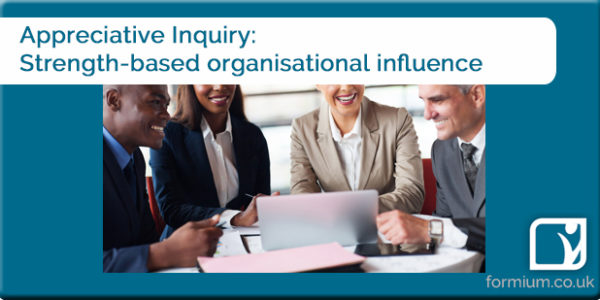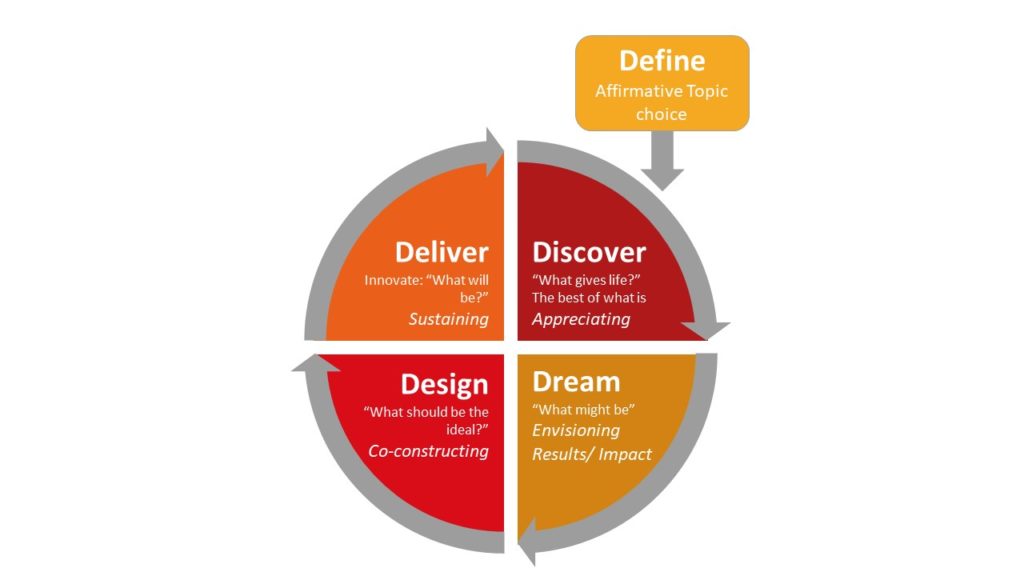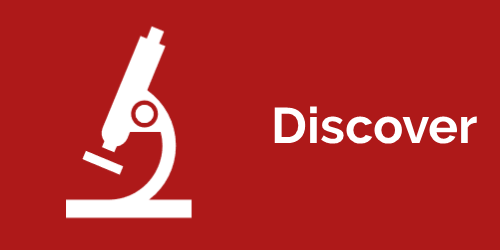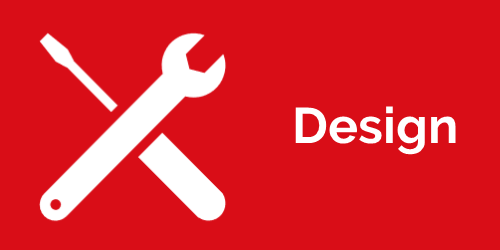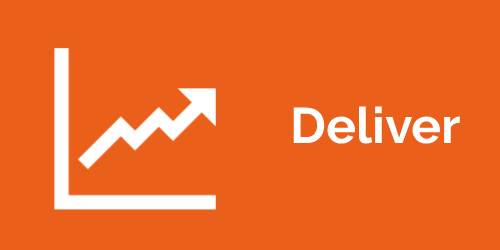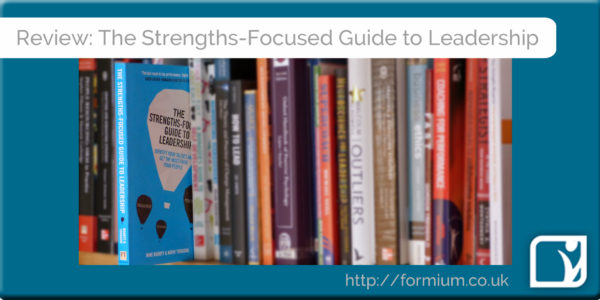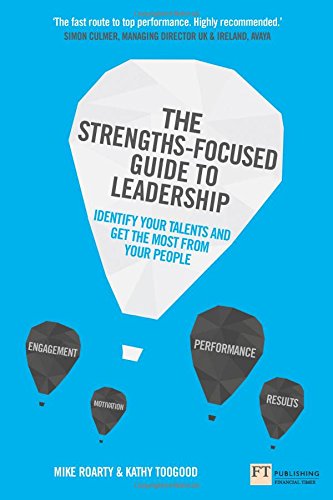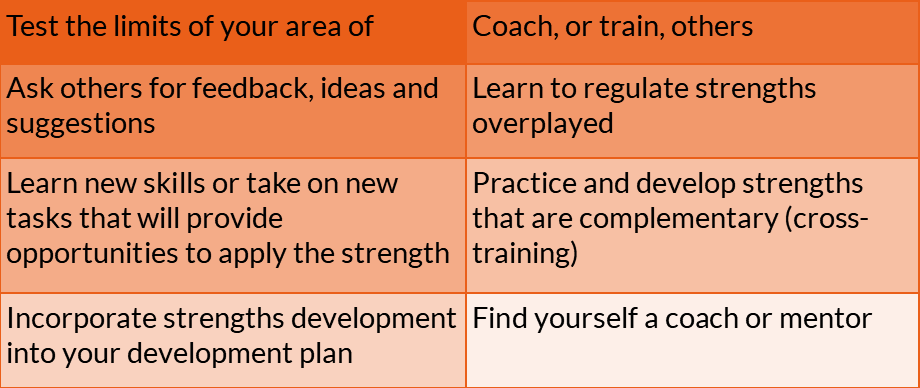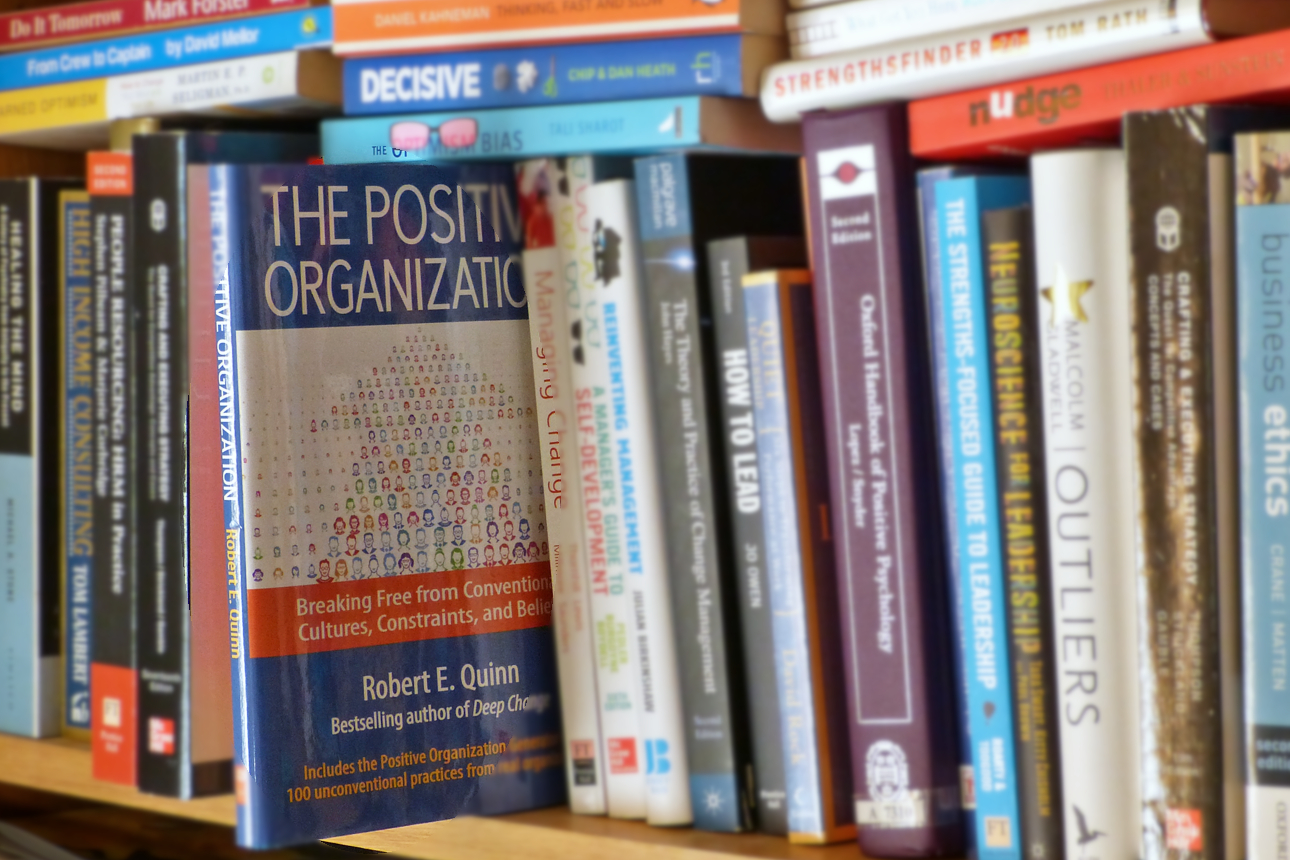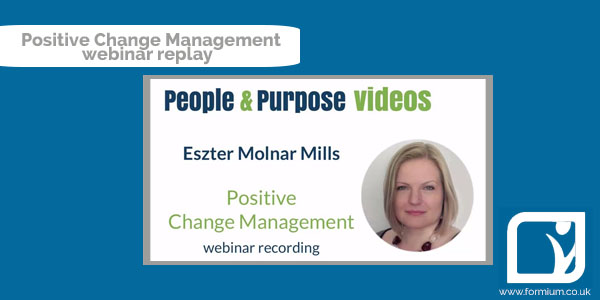We’ve all heard inspiring tales of resourcefulness and innovation in the face of Covid-19, from people, communities, companies and institutions across the globe. I found this recent report, Providers Deliver, from the UK’s National Health Service to be a fascinating selection of how local hospitals and health teams, working with their staff and partnerships, have managed to successfully change under pressure.
Here are the 10 key lessons that I’ve identified in the report:
Have a clear goal – the Countess of Chester hospital introduced a revolutionary whole-hospital rota to maximise use of their resources. Darren Kilroy, executive medical director, stated this was designed to ensure “everyone would be focused around one common goal” of helping meet the needs of Covid-19 patients.
When faced with so many competing issues, having a single clear goal makes it easier for people across roles, teams and departments to accept the need for change, and fully embrace a new way of working. Darren considered the single aim had a major impact: “people learned new skills, and as it got going the junior staff enjoyed being part of it because they were dealing with something very real and making a difference. It became a really enjoyable roster to be involved in as everyone was really engaged.”
Have clear parameters – in the press we sadly saw many stories where a company tried to help out but were impacted by the rigorous demands of medical or regulatory requirements. Understanding the constraints is vital to achieving effective change. It is notable that the provision of PPE in Northumbria and the repurposing of the sleep apnoea machine in Leeds were undertaken with close attention to these quality standards.
Find and work with partners – the only silver lining in the tragedy of the early months of coronavirus was seeing how individuals, communities and companies rallied round, trying to do their bit to help.
Faced with a shortage of quality PPE, Northumbria Healthcare NHS Foundation Trust developed an eye-catching solution – working with a PPE manufacturing consultant to establish its own network of textile manufacturers. Eventually the partnership has set up a bespoke factory, generating jobs and providing PPE for regional customers.
London Ambulance Service NHS Trust took an radical approach to partnership working: firstly 170 mechanics from the Automobile Association supported them to keep all their ambulances on the road, reconditioned 50 newly-sourced second-hand vehicles and refitted some non-emergency transport vehicles.
But it wasn’t just about the vehicles, a creative approach was needed for staffing. Chief executive Garrett Emerson explained: “I then had a conversation with the commissioner of fire services about using firefighters to work alongside our clinicians and increase the numbers of ambulances we could deploy in London. We just agreed to get on with it and make it happen.”
This is another newly-forged partnership that will have long-term benefits: as Garrett Emerson comments, they hope “to keep a small number of firefighters on a rotational basis continually within the service, keeping their skills up with the ability to stretch to larger numbers in the event of pressures.”
Value your people – “to influence and drive change, [your staff] have to be well cared for” – Patrick Scott, Bradford District Care NHS Foundation Trust.
It’s like that old saying, ‘treat your employees like they can make a difference and they will’. The report highlights that it’s not just about basic welfare in a hazardous and stressful situation, it is also about really listening, communicating proactively and giving employees responsibility and authority to make changes.
Give people space to innovate – many of the examples show what people can do when tasked with solving a specific problem, within clear operational parameters, and outside of usual protocols/constraints for e.g. funding, staffing or governance. The advice from Julian Hartley, chief executive at Leeds Teaching Hospitals is telling: “You don’t micromanage or try to second guess everything. If you have the necessary cultural ecosystem, the set of relationships feeding off one another, and technology and innovation in one branch of medicine, it can cross-fertilise very quickly into another.”
Break the silo – so often when I’m working with large institutions, I’m asked about breaking down boundaries, so it is fascinating that most of these examples show how a crisis can spark people working across traditional divides.
In Leicestershire Partnership NHS Trust staff developed a new multi-agency mental health service to reduce pressure on A&E. Saskya Falope, manager of this new mental health urgent care hub stated “It has allowed us to think differently about how we use our resources and has allowed partnerships to really come together, using everybody’s expertise rather than working in silos.” And this working across boundaries has positive results – “Working with colleagues in social care, housing and acute trusts, gets patients the right care that they need rather than the fallback always being A&E in an acute hospital.”
Reflecting on the Countess of Chester hospital’s new whole-hospital rota, Darren Kilroy stated: “there’s been a much more cohesive sense of shared understanding across traditionally quite disparate groups of staff, and there’s a much clearer understanding of how a hospital has to work together to get the job done”.
Use your existing resources better – focusing on what you have rather than what you haven’t is a great way of thinking differently about a problem. This was exemplified by the staff at Leeds Teaching Hospitals NHS Trust who took their stock of an obsolete sleep apnoea machine and worked with the mechanical engineering department of University of Leeds to repurpose it to make up for a shortfall in ventilators.
This is not just a local success story though – by continuing their research, the University has designed a device that is sufficiently cheap and quick to manufacture that it could help lower-income countries across the world.
Ask your end-users – for a change to be really effective, engaging the people who use the service can reap rewards. When setting up the mental health support hub in Leicestershire, the manager Saskya Falope said they “started collecting patient feedback and ideas from very early on…we asked patients what do you like or not like about A&E? How can we do it differently?” Asking such open questions can generate unexpected insights, such as changing the bright lighting usually found in A&E to something more soothing.
Bring your people with you – The University Hospitals of North Midlands NHS Trust innovated by installing temperature scanners at access points, aiming to reassure the public that the hospital was still safe for patients with non-covid health issues. To ensure it would be successful it was piloted in an administrative area, and thought was given how to get the staff on board – as Tracy Bullock, chief executive commented: “Making sure you’ve got the right engagement with the staff and making sure you’ve got their buy in and they understand the standard operating procedure that runs alongside it is essential… it’s getting your comms right.”
Staff at the Countess of Chester hospital knew a change to a radically new way of working rota could be problematic, so prepared the ground carefully, as Darren Kilroy explains: “quite a few weeks of engagement, sharing with the juniors what the roster would look like, undertaking the comms that would inform how this would work, and making sure it was attractive to those members of staff who were going to work on this roster who weren’t used to dealing with patients of this kind”.
Don’t be afraid to change – a highly-regulated sector such as healthcare can discourage the risk-taking that is inherent in change, but the teams in this report were able to harness the compelling purpose and unprecedented situation. Tracy Bullock at University Hospitals North Midlands sums this up: “We were definitely a bit nervous at first, because we knew no one else in the NHS had done this before. But there was something about just biting the bullet. It’s intuitive, if it goes right and you think it’s going to help, you have to just go with it. That was the key bit of learning for me.”
Reflection
What I really value in this report is the range of changes: from smaller-scale and temporary solutions to those with long-term and even global benefits. The report reinforces that the ability to change under pressure is underpinned by the organisational culture and individual skills, abilities, relationships and experience.
I know for many people and businesses this is a desperate time without any upside, and my heart goes out to you – I don’t want to minimise your situation. But I am fascinated by how some organisations have been able to change under pressure, so my question is: how have you changed the way you work, and how is it having benefits for you, your customers and community?
Picture credit: Edgar Soto on Unsplash



